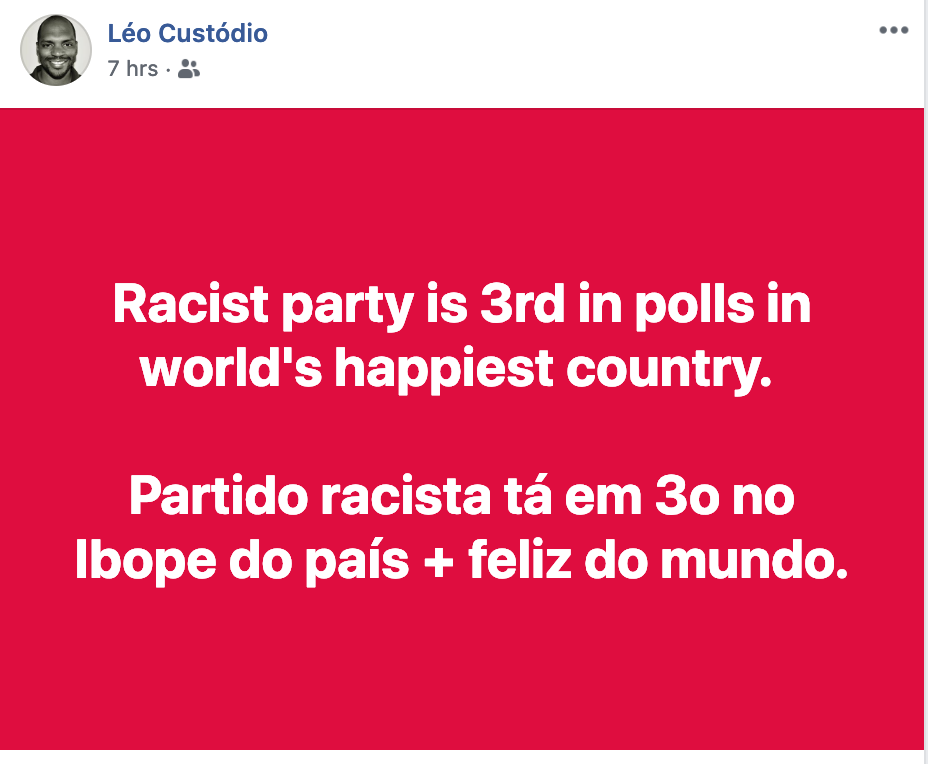If I had to choose the worst journalism in Finland this year, that would be the media coverage to the sexual assault cases of minors that took place from November 2018 to before the parliamentary elections of April 14.
If you speak with some Muslims in Oulu, they will tell you that the hysteria died down after the April parliamentary elections.
In all fairness, I would like to point out that Finland has, fortunately, newsmagazines like Suomen Kuvalehti and other regional papers that try to report fairly and objectively about the plight of Muslims and minorities in Finland.

If one can describe the frenzy that was fuelled by the media, police, and politicians concerning the Oulu sexual assault cases, it would be similar to the incitement of a lynch mob before they are about to hang a person in public.
Even if a real lynching is different from one that takes place on social media, both have the same aim. If a real lynching publicly murders a person, a social media lynching kills over and over again a scapegoat, which is often an ethnic group.
Turkish writer Mehmet Muran Ildan described the act of lynching in the following words: “A society with lynch culture needs a big zoo, not for the animals definitely, but for the very people themselves!”
When the media is in “lynch mode,” fair reporting is the first victim that is sacrificed. State Broadcasting Company Yle is a sad example of the latter. It threw in the dustbin and permitted its prejudices and biased reporting to get the best of it.

An example of Yle’s biased and unbalanced reporting were the stories it published between November 27 and February 13 on the Oulu sexual assault cases. A total of 77 stories were published during the period under review. In one day, Yle published 13 stories about the topic!
Even if it appeared from the media, police statements and politicians that Finland was suffering an epidemic of sexual abuses by migrants, only eight were convicted and given prison sentences.
While not criticising the media, Päivi Happonen, a Yle reporter, wrote in her blog the over-enthusiastic communications policy of the Oulu police. “So what bad did [Oulu police’s communication] inflict?” she asked. “A lot. Many have the impression that Oulu became the crime capital of Finland, where asylum seekers rape all the children they can.”
The unbalanced and overzealous reporting spread fear as well in the Muslim community. According to Imam Abdul Mannan of Oulu, Muslims did not feel safe and avoided going to the city center.
Another matter that sparked excesses by the media’s reporting was that parliamentary and European parliamentary elections were going to be held in April and May, respectively. Politicians from the governing party demanded tougher laws on crime and even tests on Finnish values to asylum seekers. The City of Oulu went as far as to ban asylum seekers from visiting daycare centres and elementary schools.
Even if the governing National Coalition Party and Center Party attempted to gain from the situation with their ever-get-tough stance on “people of foreign origin,” which is code for non-EU citizen or Muslim, the party that reaped the most from the situation was the Islamophobic and populist Perussuomalaiset (PS).*
This is reinforced by opinion polls published monthly by Helsingin Sanomat, and Yle. Yes, you read correctly: monthly polls.
One such poll showed the popularity of the PS rising by an impressive 13.7 percentage points in a year, from 8.7% to 22.4% in November.

Emilia Palonen, a University of Helsinki lecturer, was quoted as confirming that “anti-immigration sentiment” is the cause for the rise in popularity of the PS. Even if Palonen does not state it directly, one of the causes of the growth in such anti-immigration sentiment is due to Oulu.
One wonders how a country like Finland, which scores high on the World Press Freedom Index, so many important newspapers get it wrong when it comes to writing about Muslims and minorities.
There are various reasons why news coverage of Muslims and other minority groups is unbalanced:
- Muslim and minority sources and experts are rarely used as authorities in a balanced news story.
- The media too often paint Muslims, and minorities with a single brush and underline a narrative of “Us” versus “Them.”
- There are no Muslim editors and there is an underwhelming number of visible minorities working in newsrooms as staffers.
- Some media continue to give inflated respectability, importance, and space to Islamophobes and xenophobes.

If there is something that publications like Helsingin Sanomat and Yle could do is to write critically about the racism and Islamophobia in parties like the PS and not to treat their politicians in a neural-friendly manner.
The media is a crucial watchdog that looks over people’s rights irrespective of their backgrounds. If Finland doesn’t watch out, and especially its media, the slippery slope to Viktor Orbán’s Hungary is not too faraway.

